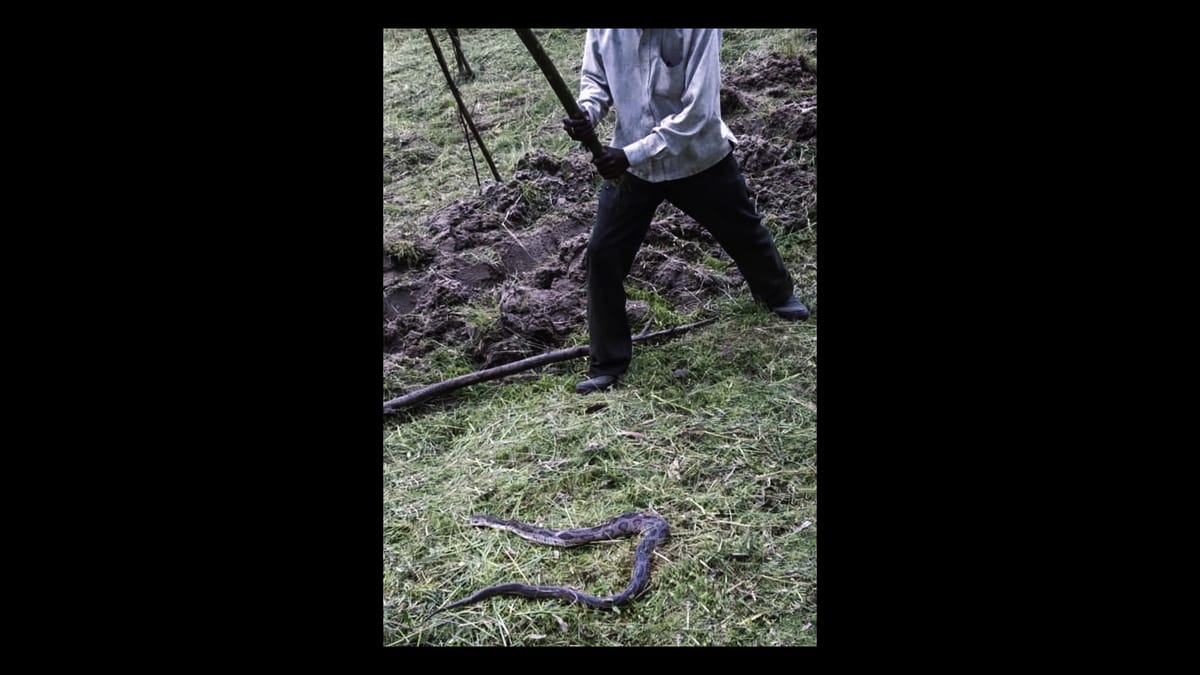The Mandala Snake
"Why this particular fear of the mandala"? I asked him. "The cobra is poisonous, and they're here in greater numbers. You never mention a cobra sighting."

"By the time I got there they'd killed it off," Dharmendra (who manages our plantation) said.
The workmen had found the five-foot well-built creature while digging trenches in the coffee patch by the water-tank on the eastern boundary. It was a mandala, a viper, seldom found grown to such a length.
Dharmendra is a coffee planter. His father was a coffee planter before him. Dharmendra was born in the plantation zone, raised there, and has lived and worked nowhere else. Snakes are as much a part of his life as the sparrow or the pigeon for the city-dweller.
"Why this particular fear of the mandala"? I asked him. "The cobra is poisonous, and they're here in greater numbers. You never mention a cobra sighting. I've not heard of anyone killing it hereabouts."
"The mandala is slow," Dharmendra said. "It lies in the grass, and you're likely to stamp on it. It rises up and strikes." He showed me how high: above the knee-high boot.
"And it's difficult to get the anti-venom around here," my wife said. "The hospitals don't carry them."
"Even its breath is bad. It blows really hard on you. Once you're hit your limb will waste away," Dharmendra said.
"Amputation," my wife said, nodding. "That's how it ends."
That's too much fear to bear for those digging the trenches, treading on grass, walking among the coffee patches. Later, I looked at the pictures of the reptile that Dharmendra sent me on WhatsApp: before, after, alive, smashed up.
I contributed only silence to the conversation. I had emotions for both man and animal — in this case, a tad more for the snake that was no more. But I couldn't send out a preaching to those who work in the trenches.